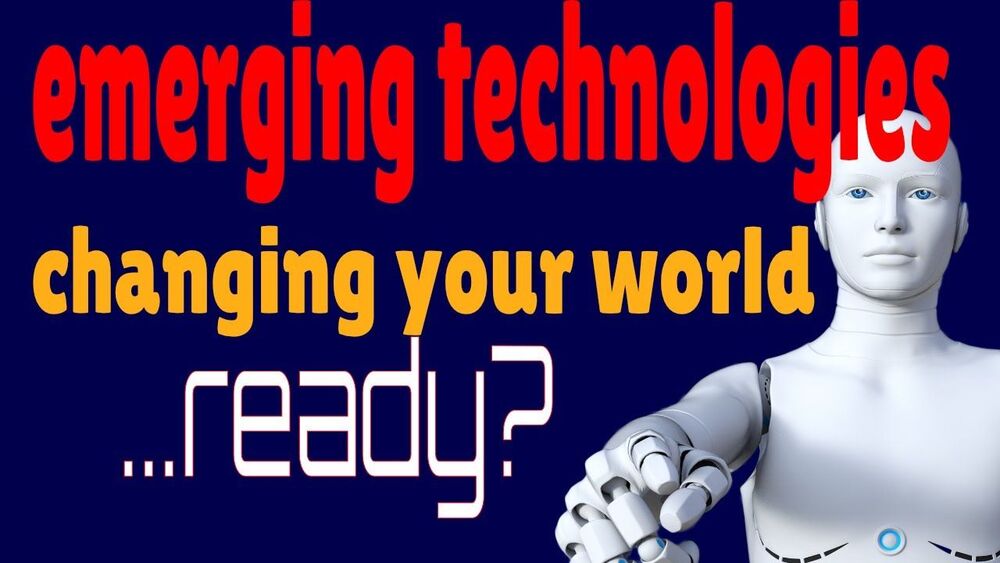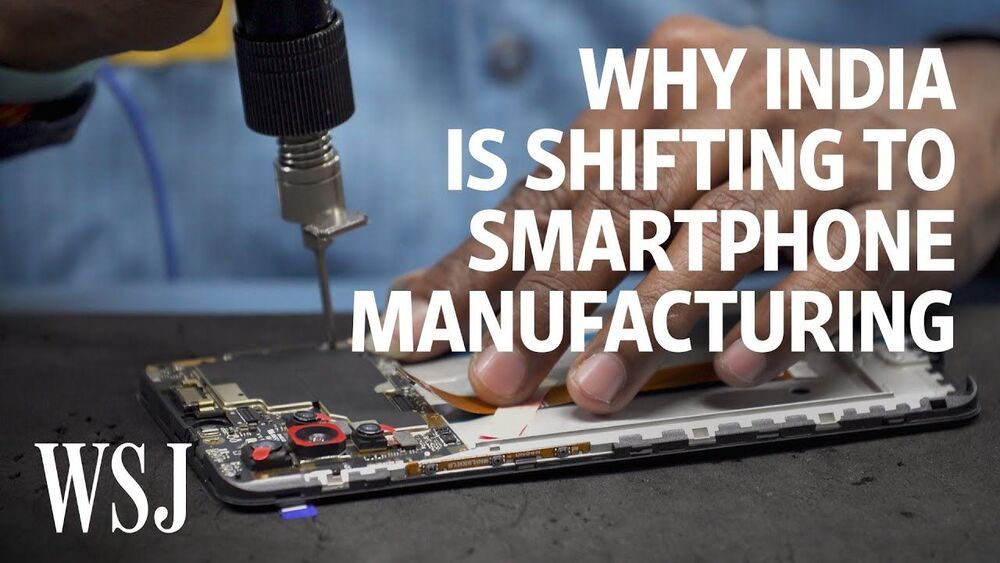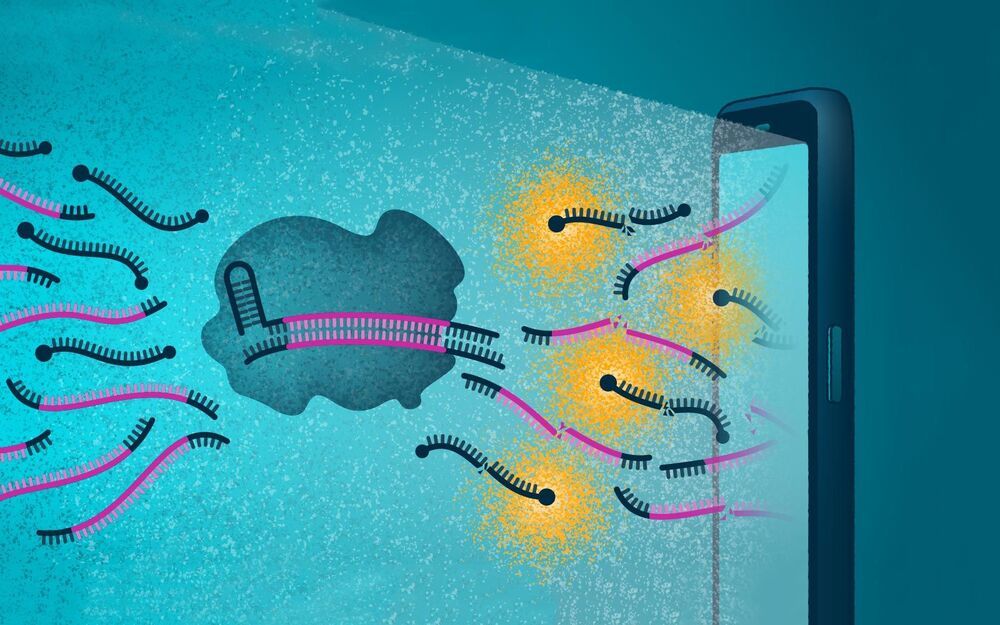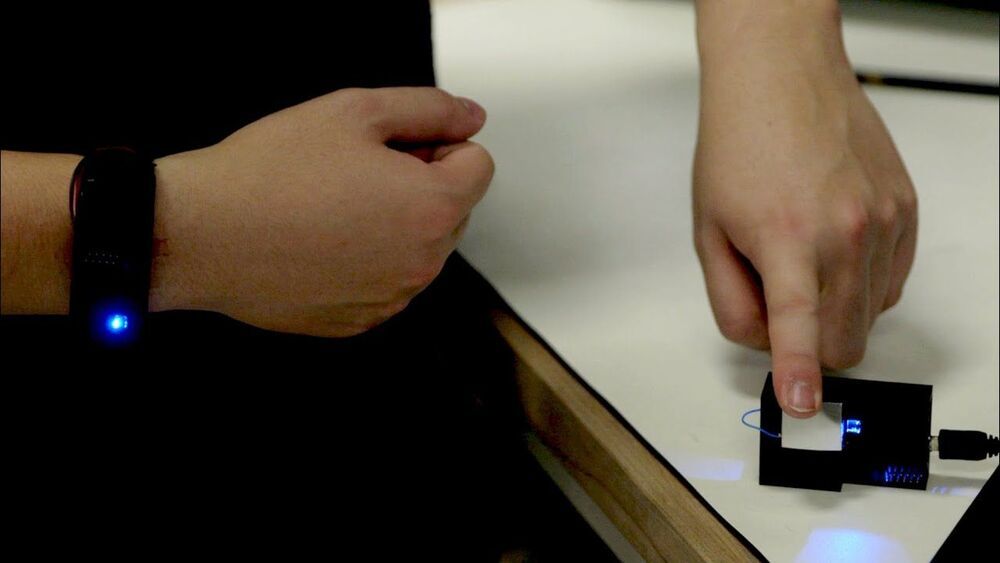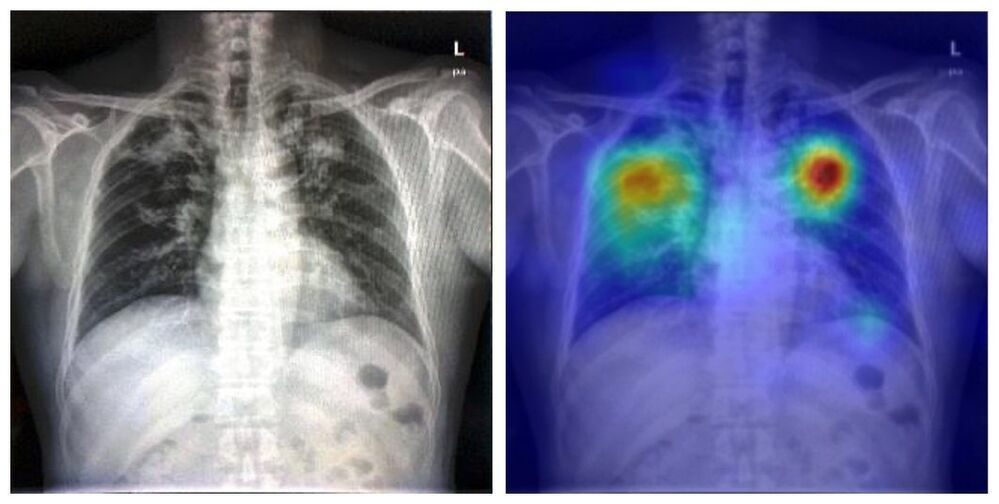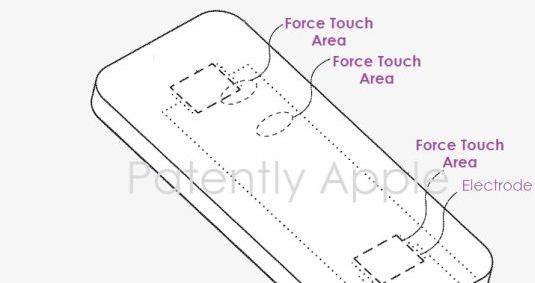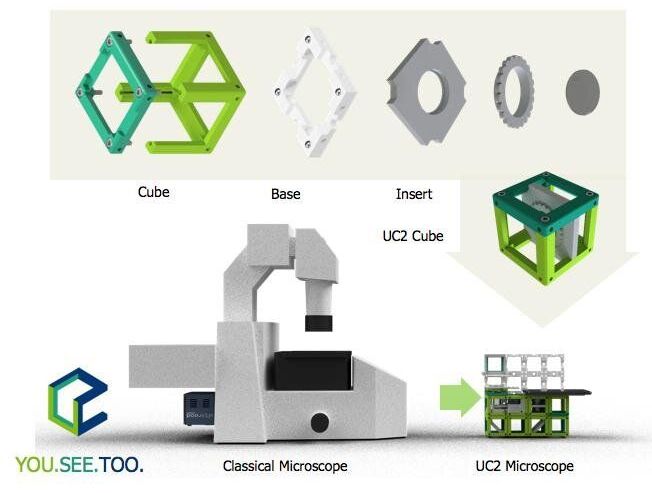There are technologies just around the corner which will change the world, and our lives, massively, and for the better…in ways many cannot even start to imagine.
So in have done just that.
This is what I think some of the most profound changes will be and how they will make all our lives so better than we could even hope for…
Have an awesome day everyone.
In What Will The Near Future Look Like — Emerging Technology That Will Change Our World, I will be investigating the amazing top technology of the future to imagine the amazing things that will happen and how life will be different in the future scenarios.
We will look at emerging technologies that will become the technology of tomorrow to see what may be coming through this decade and into 2030 and then beyond into 2040, 2050 and beyond.
How will life be different in the future?
What are the amazing things that will happen in the future?
What will the future look like in 2030, 2035, 2040 and beyond?
What among the emerging technologies will grow to become the technology of tomorrow?
I have brought together my favourite areas for consideration and contemplation and then looked at how these will interlink and change the way we live our lives, just as the internet, smart phone, cars and vaccines have done in the times gone by…
What do you think?
Agree, disagree?
Got other suggestions?
If they are good, I might do a follow up video on the best.
